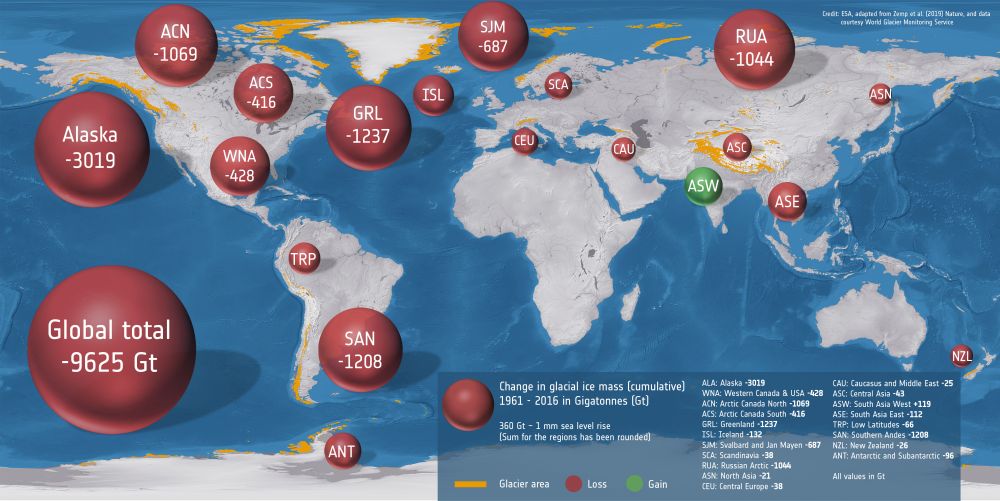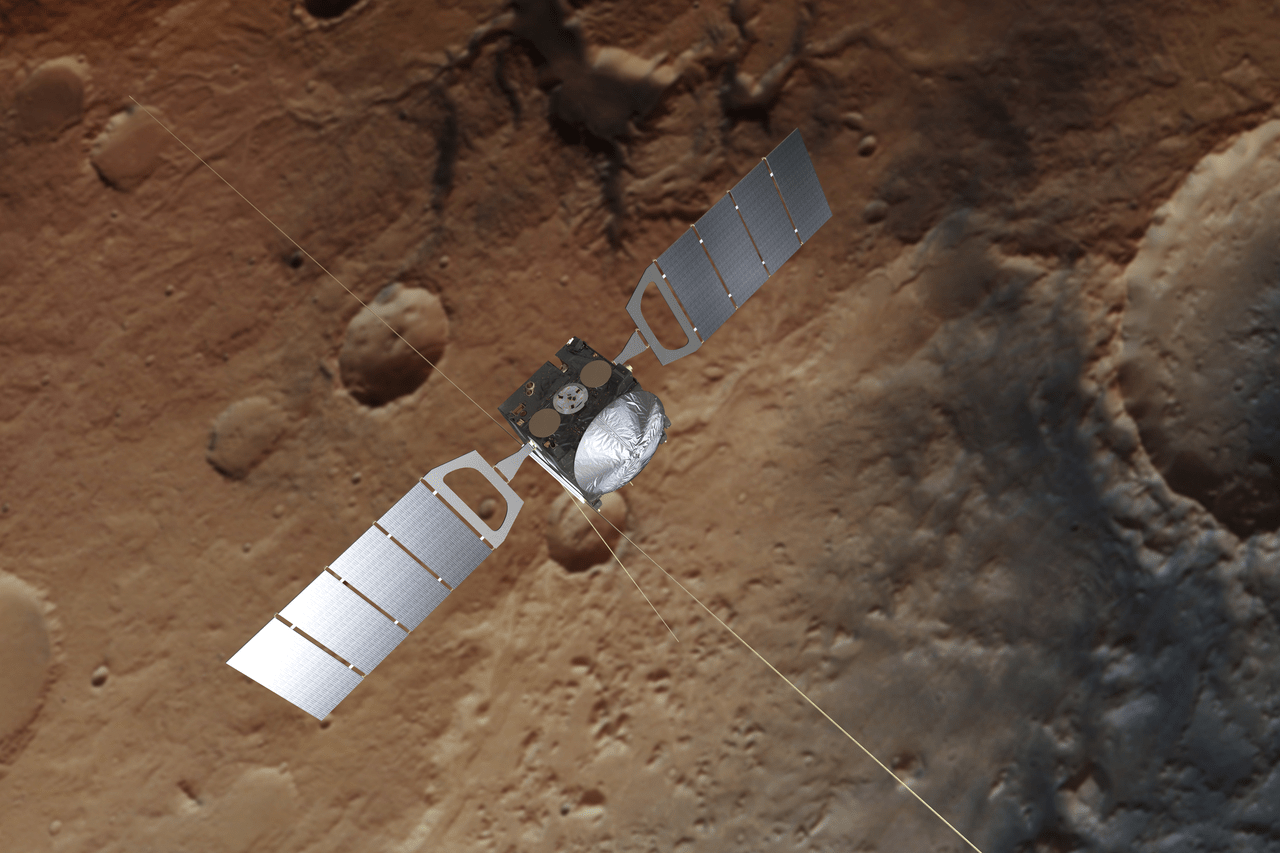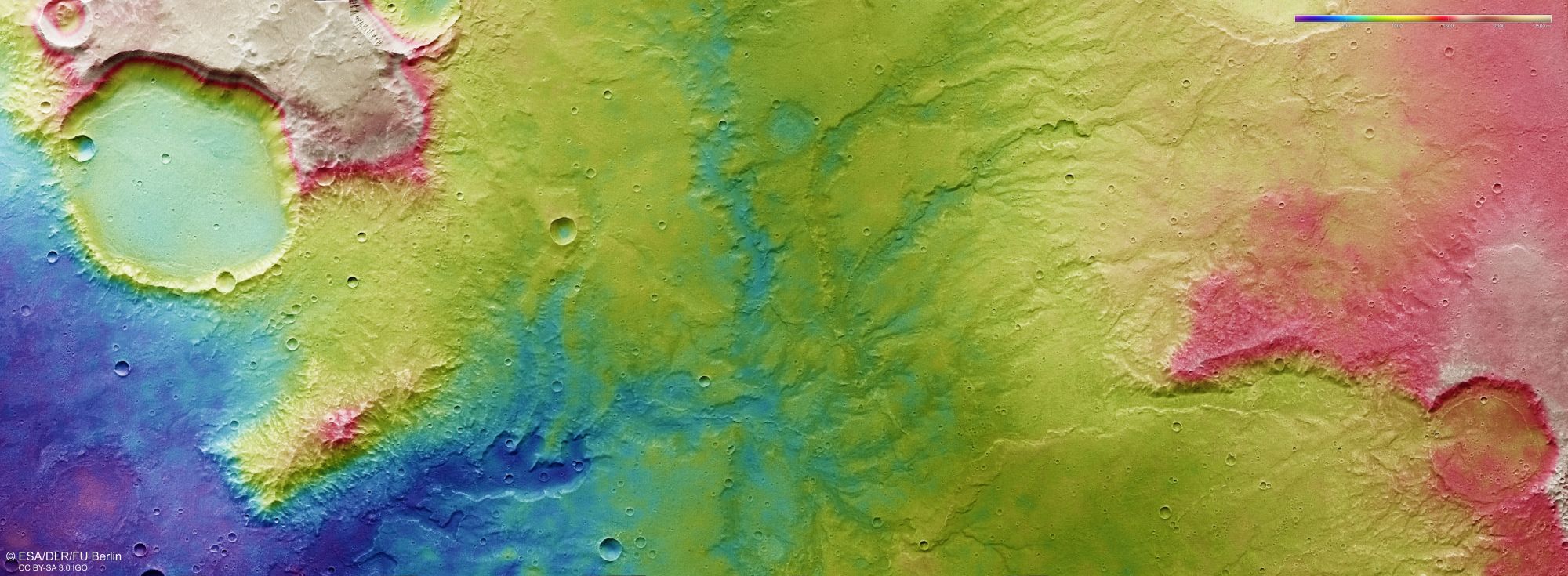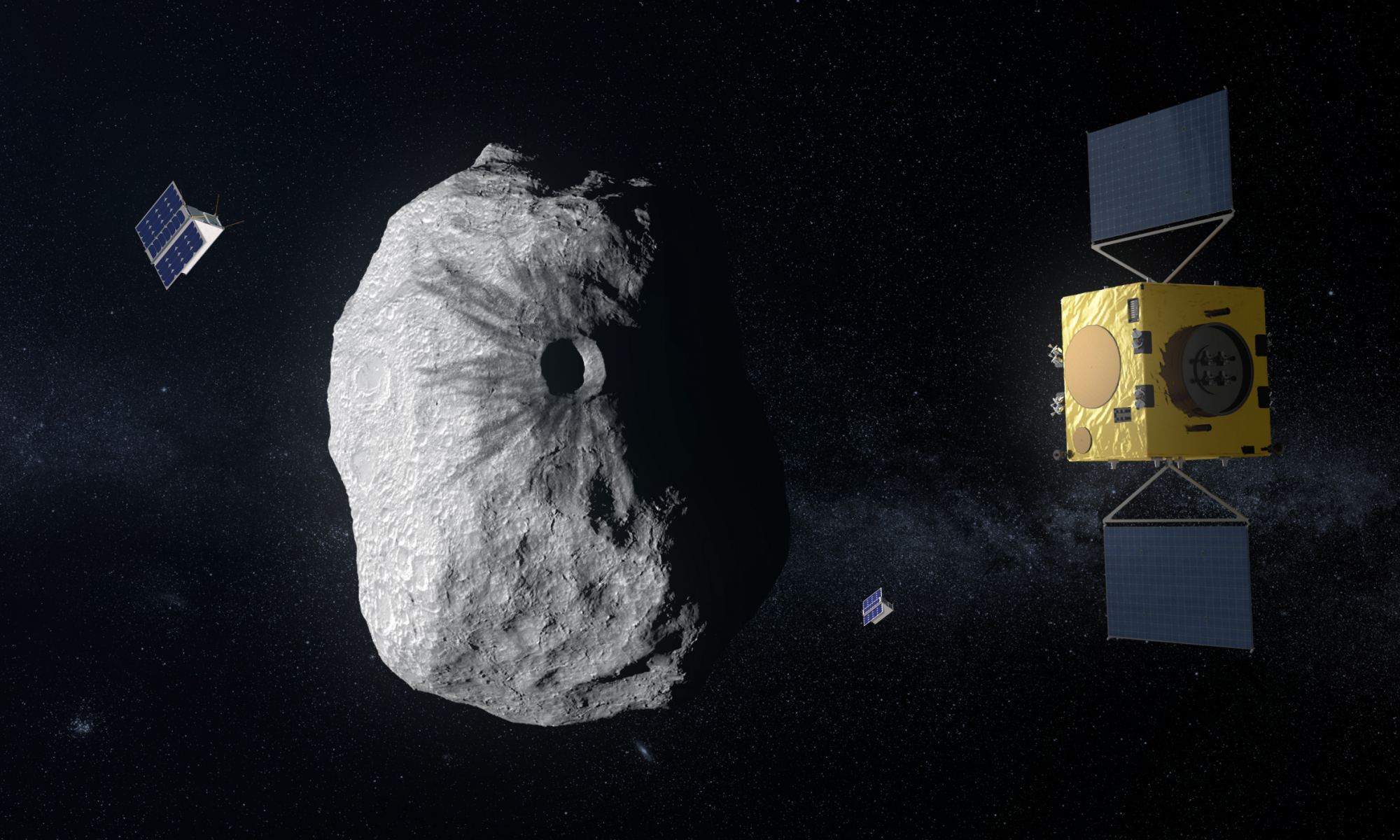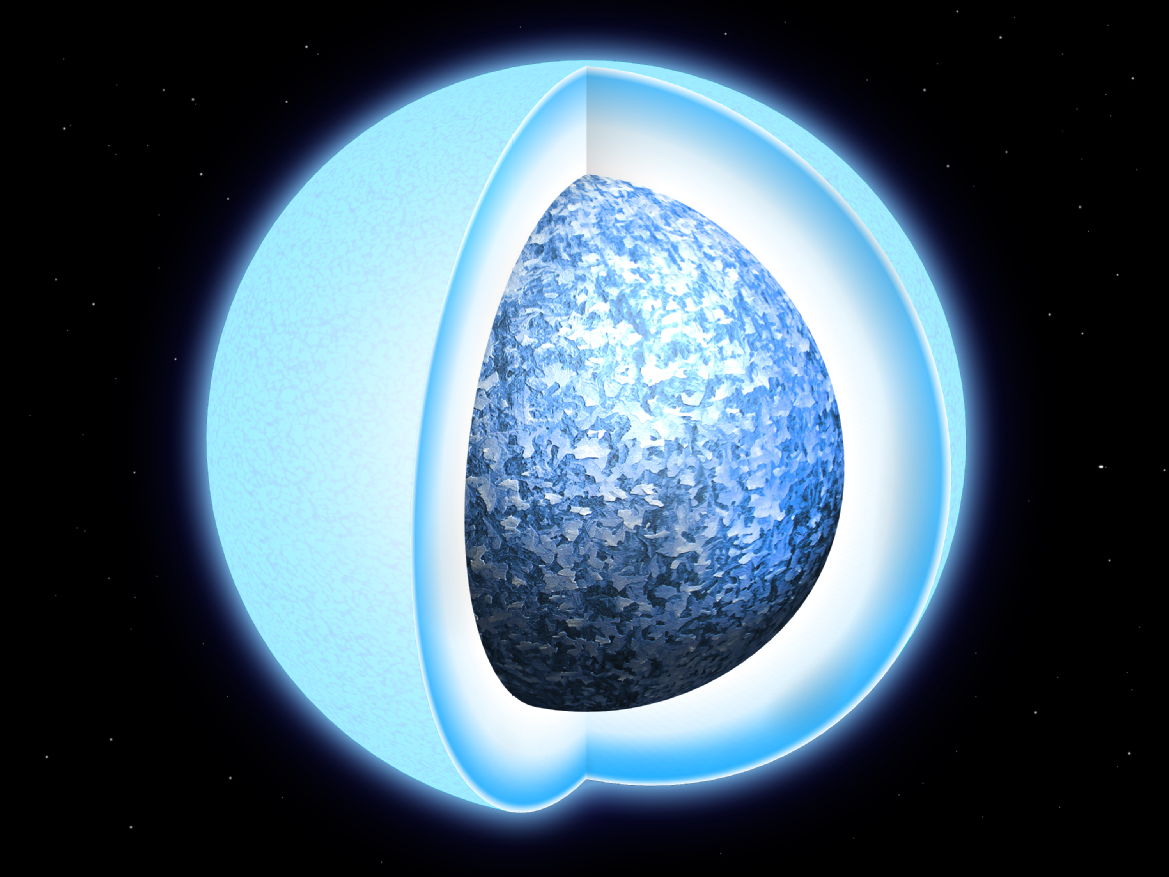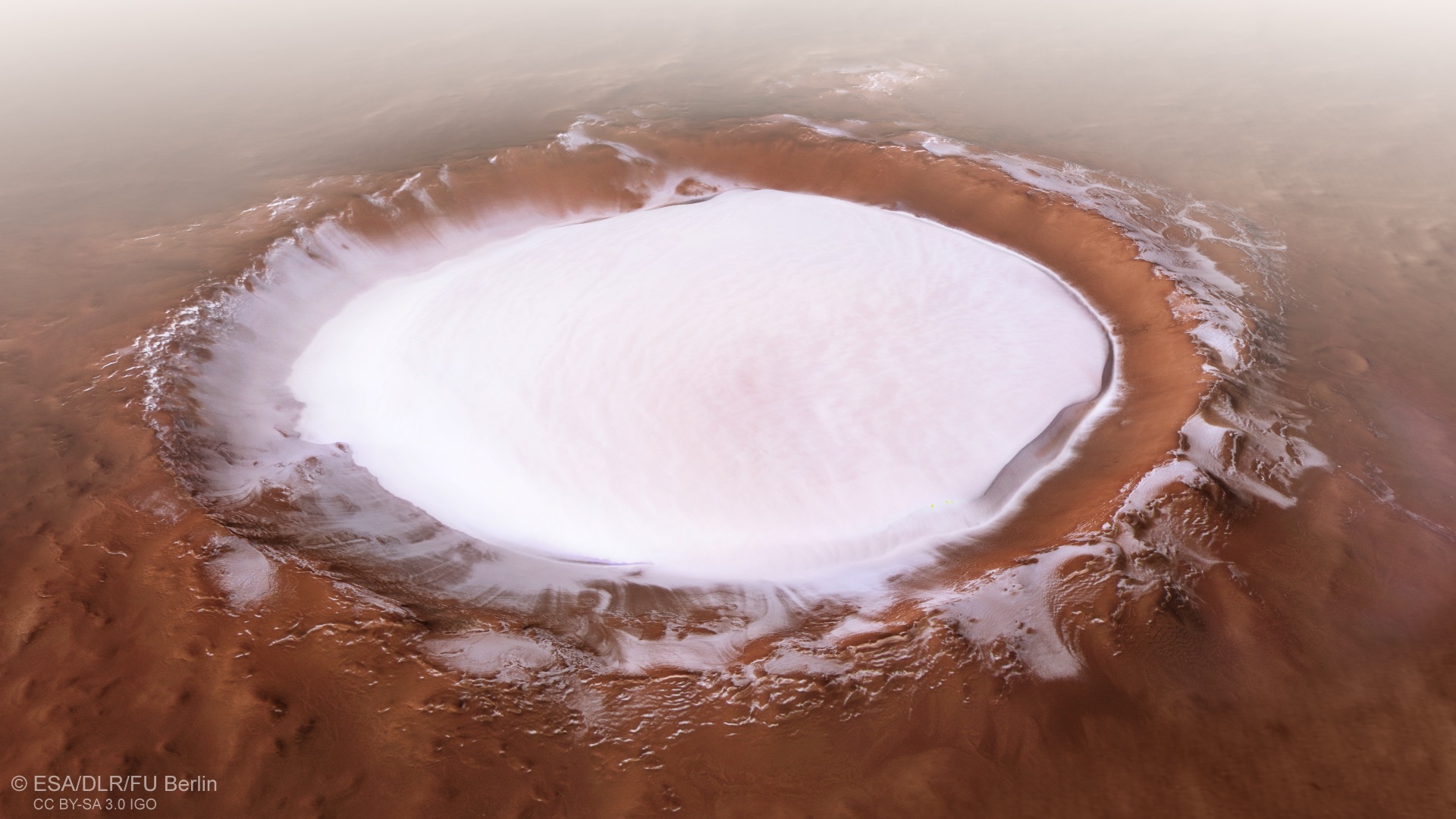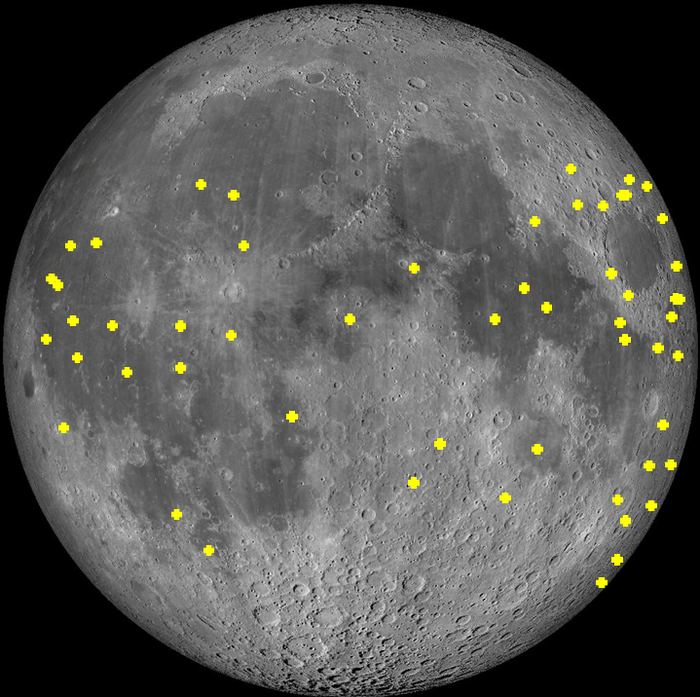Ever since the Apollo missions explored the lunar surface, scientists have known that the Moon’s craters are the result of a long history of meteor and asteroid impacts. But it has only been in the past few decades that we have come to understand how regular these are. In fact, every few hours, an impact on the lunar surface is indicated by a bright flash. These impact flashes are designed as a “transient lunar phenomena” because they are fleeting.
Basically, this means that the flashes (while common) last for only a fraction of a second, making them very difficult to detect. For this reason, the European Space Agency (ESA) created the NEO Lunar Impacts and Optical TrAnsients (NELIOTA) project in 2015 to monitor the moon for signs of impact flashes. By studying them, the project hopes to learn more about the size and distribution of near-Earth objects to determine if they pose a risk to Earth.
Continue reading “Every Few Hours There’s a Flash of Light Coming From the Moon. Another Impact.”
